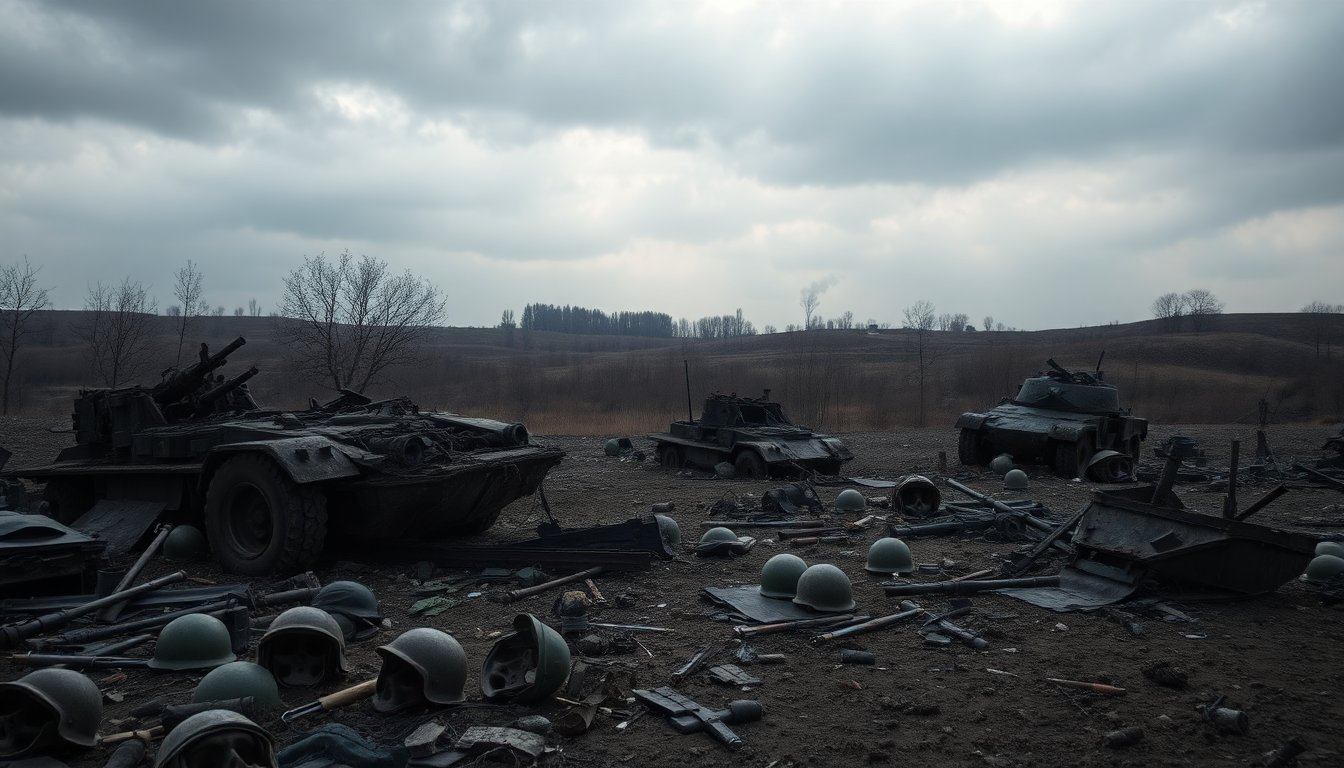Table of Contents
The recent release of military records allegedly leaked by Ukraine’s military intelligence has ignited considerable debate among researchers and analysts. These records suggest that nearly 87,000 Russian soldiers were killed during the first eight months of 2025. The figures were shared by the Ukrainian Defense Ministry’s initiative, “I Want to Live.” However, organizations such as Mediazona and the Conflict Intelligence Team (CIT) have raised significant questions regarding the data’s authenticity and accuracy.
To assess the reliability of these figures, CIT employed statistical analysis methods similar to those used in investigations of electoral fraud. Their approach is based on psychological research indicating that individuals tend to produce certain numbers more frequently than others when generating random digits. This behavioral pattern can lead to irregularities in datasets.
Statistical anomalies and their implications
Upon examining the purported military loss records, CIT identified notable anomalies. They found that the distribution of the last digits in the reported casualty figures significantly deviated from what would be expected in a truly random dataset. Specifically, the digits one and two appeared disproportionately, while sixes and sevens were notably scarce. This discrepancy was confirmed using Pearson’s chi-squared test, a statistical tool that evaluates how closely observed data aligns with expected distributions. CIT’s analysis indicated that the chance of these figures being generated randomly was a mere 1.3 percent.
Breaking down the data categories
CIT’s further analysis divided the figures into two categories: primary (raw data at the unit level) and aggregated (summarized totals). The irregularities within the primary data were even more striking. In this category, the probability of encountering such a pattern by random occurrence dropped to just 0.4 percent. This led CIT to theorize that the individual responsible for the document may have initially recorded separate figures for each military unit before aggregating them into final totals, resulting in a more uniform distribution of digits—excluding zeros and fives.
Expert opinions on the leaked data
In a biweekly update on Russian battlefield casualties, Dmitry Treshchanin, the editor of Mediazona, mirrored CIT’s skepticism regarding the Ukrainian intelligence data. He suggested that the Russian military could also be involved in manipulating these records. Treshchanin highlighted the difficulty of imagining a Russian officer who does not alter official records in some way. Additionally, he pointed out significant omissions in the leaked data, such as the absence of figures related to desertions, which further calls into question the credibility of the information.
Absence of clarity in military documents
The leaked documents exhibit various peculiarities from a military bureaucratic perspective. They lack a clear recipient, a discernible purpose, and essential details about the document’s creator, submission date, or filing location. These gaps in information heighten doubts about the records’ validity.
Despite the concerns raised, Treshchanin noted that his team, along with their collaborators, cannot definitively confirm or refute the claim that nearly 87,000 Russian soldiers died in Ukraine during the specified period. He indicated that a comprehensive assessment of these numbers would likely only be feasible in 2026, suggesting that more concrete evaluations will emerge by the next fall. This cautious approach is due to Mediazona’s methodology, which relies on verified obituaries and public probate records to compile casualty figures.


